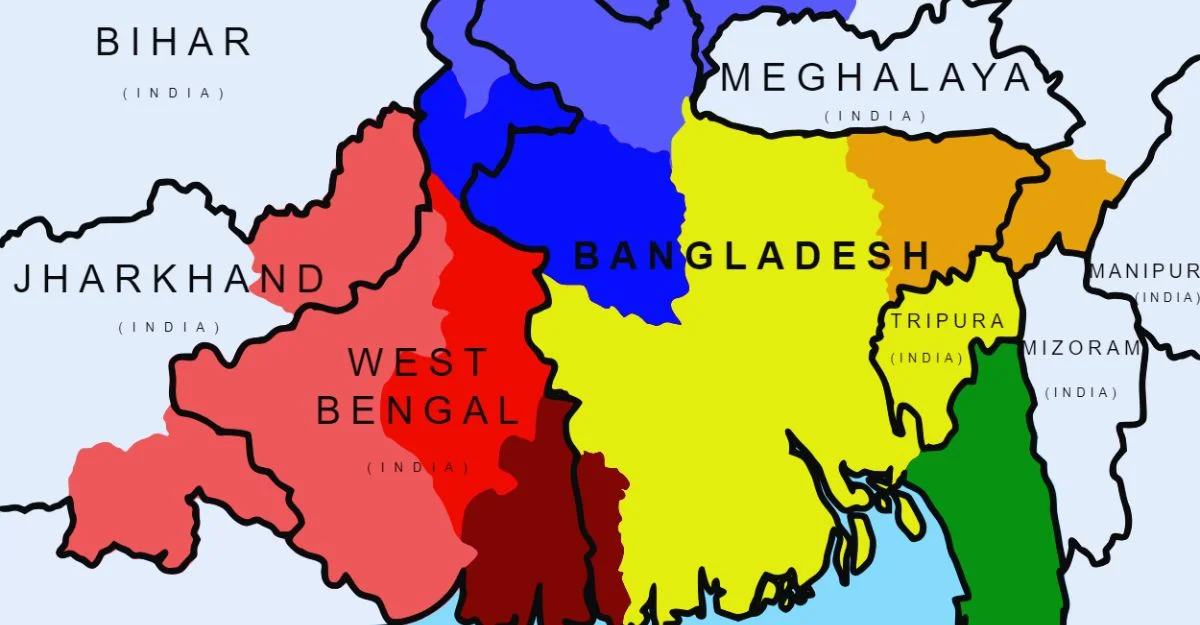The term “Bangal” carries immense historical and cultural significance, particularly in the Indian subcontinent. It is commonly associated with the people of East Bengal (now Bangladesh) who migrated to India, particularly West Bengal, during and after the Partition of India in 1947. Bangals have a rich heritage, distinct traditions, and a unique cultural identity that sets them apart. This article delves into the roots, customs, and identity of the Bangal community, offering a comprehensive understanding of their way of life.
User Persona: Who is a Bangal?
Name: Arindam Chatterjee
Age: 45
Occupation: University Professor
Location: Kolkata, India
Interests: History, Literature, Football, Cuisine
Pain Points: Preserving cultural heritage, Generational disconnect
Goals: Keeping Bangal traditions alive, Educating the younger generation about Bangal identity
Historical Background of Bangals
The term “Bangal” primarily refers to people who trace their roots to East Bengal, particularly before the Partition of India in 1947. With the creation of India and Pakistan, millions of Hindus fled from what became East Pakistan (now Bangladesh) to settle in West Bengal and other parts of India. This migration led to the formation of a strong Bangal community with distinct linguistic and cultural traits.
Cultural Identity and Traditions
1. Language and Dialect
Bangal people primarily speak a dialect of Bengali known as “Bangal Bhasha,” which differs from the dialect spoken by Ghotis (people originally from West Bengal). The dialect features a unique pronunciation and vocabulary influenced by the regions of Dhaka, Chittagong, and Sylhet.
2. Cuisine
One of the biggest identifiers of Bangal culture is their distinctive cuisine. Some signature dishes include:
- Shutki Maach (Dried fish curry)
- Ilish Maach (Hilsa fish, a delicacy for Bangals)
- Panta Bhat (Fermented rice, often eaten with mustard oil and onions)
- Chingri Malai Curry (Prawn cooked in coconut milk)
3. Football Rivalry: East Bengal vs. Mohun Bagan
Football is an integral part of Bangal identity. The rivalry between East Bengal Club (supported mainly by Bangals) and Mohun Bagan Club (supported largely by Ghotis) is legendary in Indian football. This rivalry symbolizes the deep-rooted cultural differences between the two communities and is passionately followed by generations.
4. Festivals and Celebrations
Bangals celebrate traditional Bengali festivals but often with unique cultural nuances:
- Durga Puja: The grandest festival, celebrated with great enthusiasm.
- Pohela Boishakh: Bengali New Year, marked with festive food and music.
- Bijoya Dashami: Special emphasis on community feasting and sharing sweets.
Migration and Struggles
The Bangals faced several hardships post-Partition, including displacement, economic difficulties, and cultural alienation. Many of them started from scratch, rebuilding their lives in West Bengal and other parts of India. Their resilience and entrepreneurial spirit have helped them thrive in various fields, from politics to literature and business.
Bangal vs. Ghoti: The Eternal Debate
The distinction between Bangals and Ghotis has existed for decades. While it is often friendly and humorous, it also highlights genuine cultural differences. Some common stereotypes include:
- Bangals: Passionate about fish, especially Hilsa, love football, and speak in a strong dialect.
- Ghotis: Prefer prawns over Hilsa, are more refined in speech, and lean towards cricket over football.
Modern-Day Bangals: Preserving the Legacy
With globalization and changing lifestyles, preserving Bangal identity has become a challenge. However, efforts are being made through:
- Cultural Organizations: Many Bangal associations organize events to celebrate their heritage.
- Literature and Cinema: Books and movies continue to depict Bangal stories and struggles.
- Social Media: Online communities share Bangal history, dialect, and culinary traditions.
Conclusion
The Bangals have a unique identity that stems from history, tradition, and resilience. Despite struggles, they have managed to preserve their culture and pass it on to future generations. Whether through food, language, or football, the Bangal spirit remains strong and vibrant.
FAQs
1. What is the main difference between Bangals and Ghotis?
Bangals originate from East Bengal (now Bangladesh), while Ghotis are from West Bengal. They differ in dialect, cuisine, and cultural preferences.
2. Why is Hilsa fish so important to Bangals?
Hilsa fish, or Ilish, is a delicacy in East Bengal. Its unique taste and seasonal availability make it a prized food among Bangals.
3. How did the Partition impact the Bangal community?
Partition led to mass migration, economic struggles, and cultural shifts. However, Bangals adapted and thrived despite challenges.
4. Do Bangals and Ghotis still maintain their differences today?
Yes, though mostly in a friendly and humorous manner. The rivalry is most evident in food choices and football club support.
5. How can Bangals preserve their heritage?
By teaching younger generations about their history, celebrating traditional festivals, and promoting cultural storytelling through books, films, and social media.

